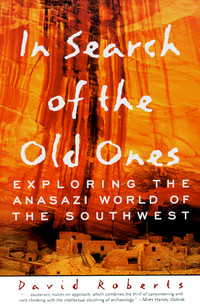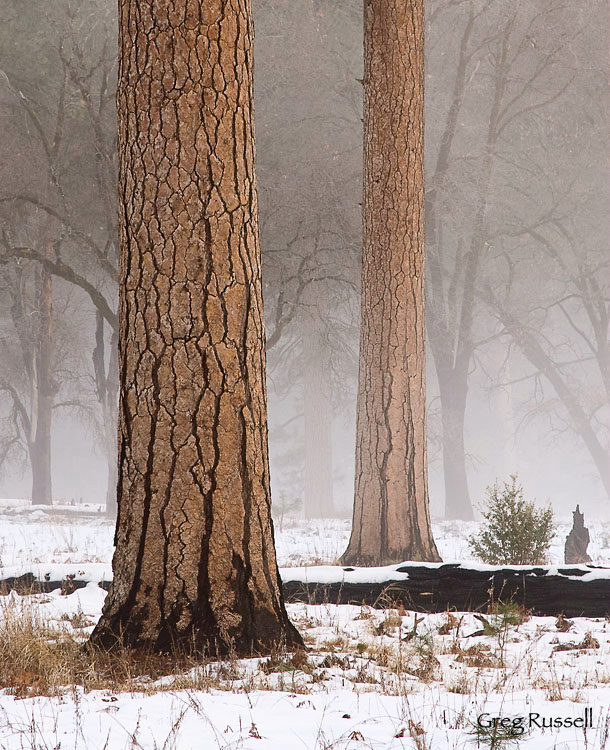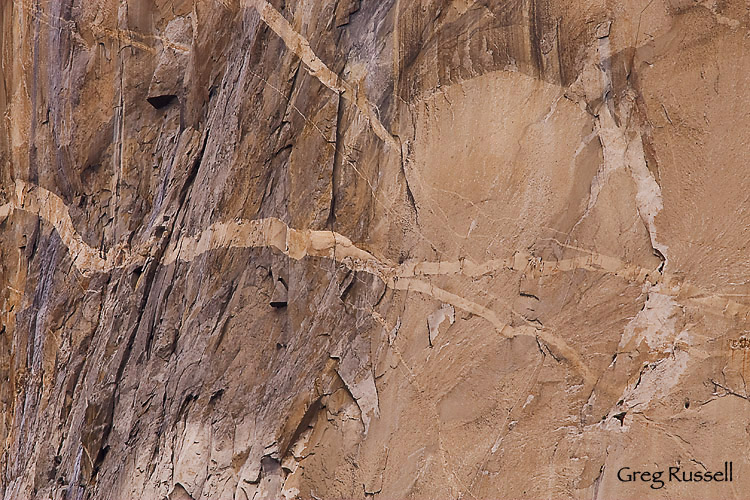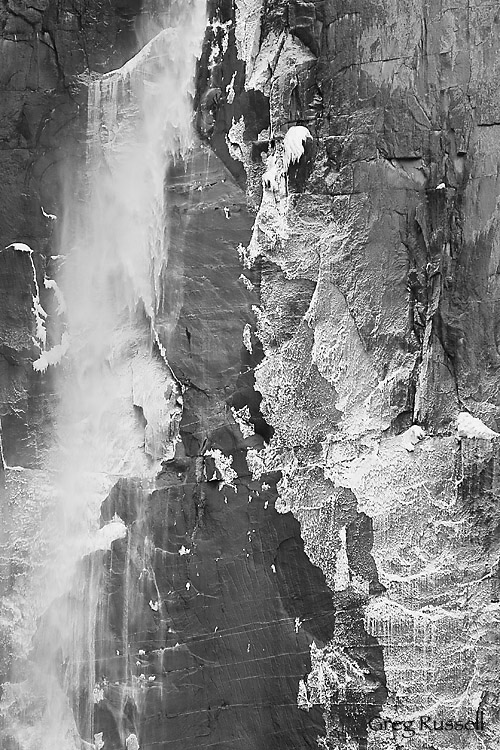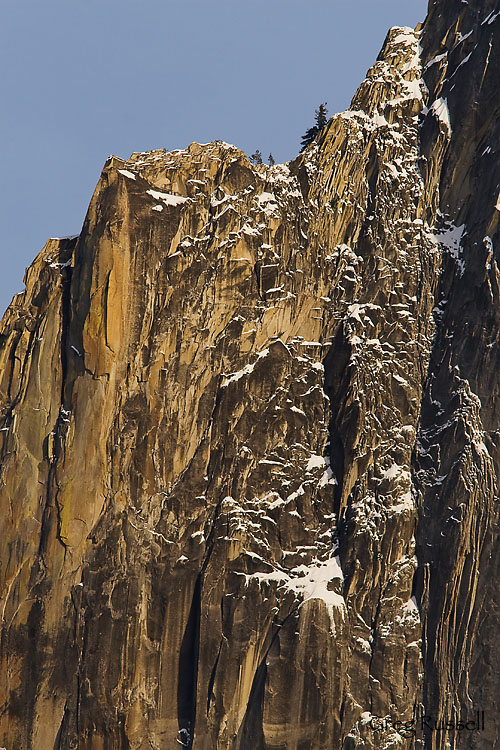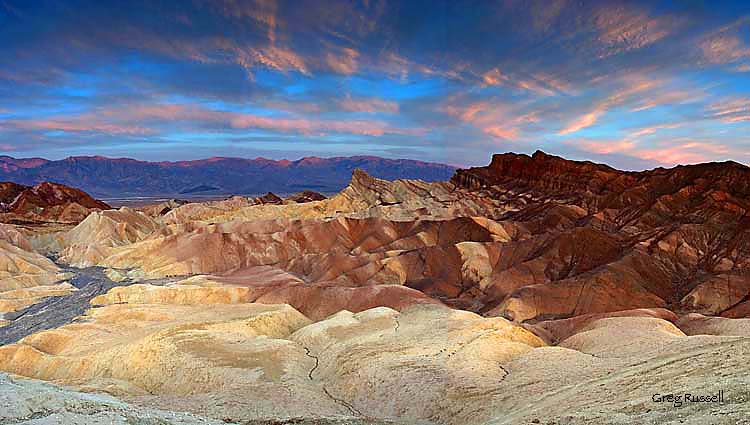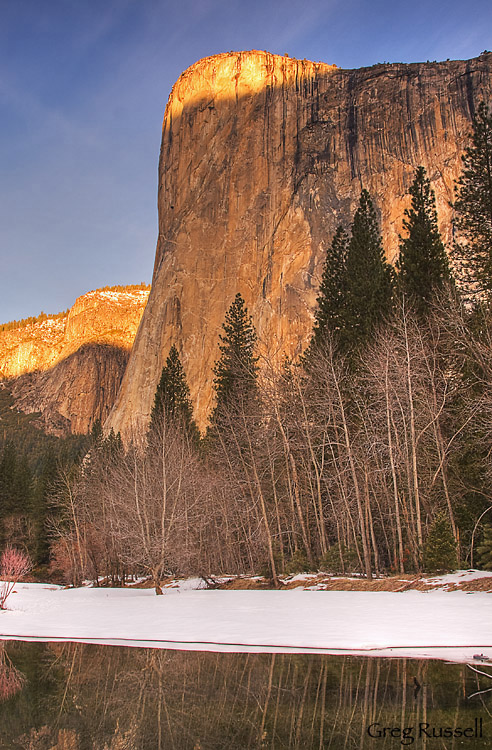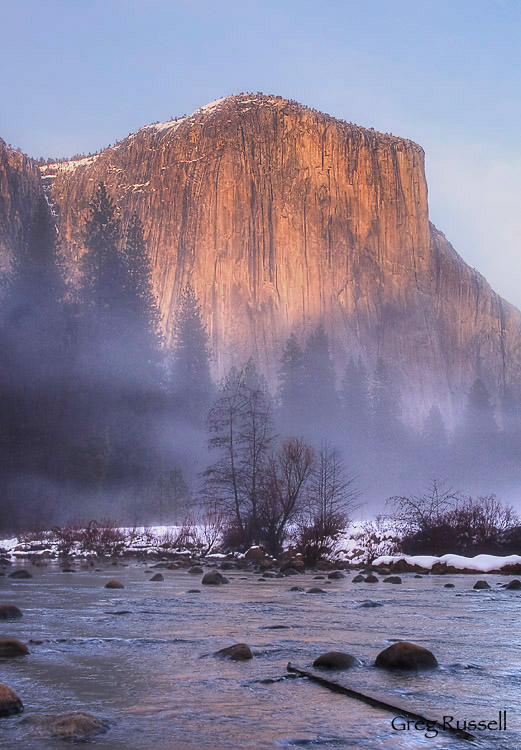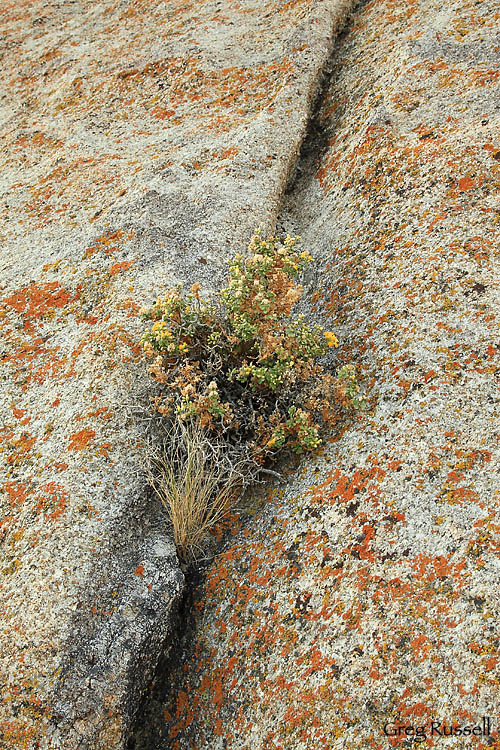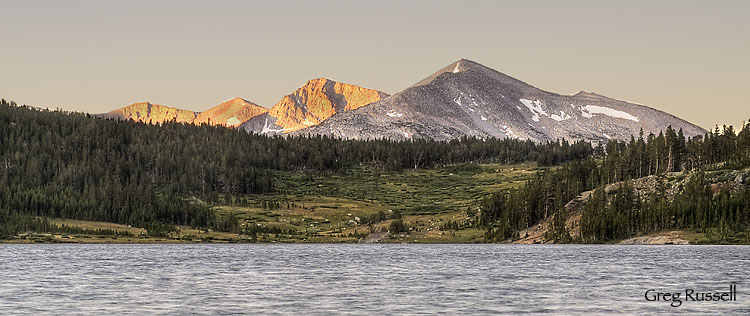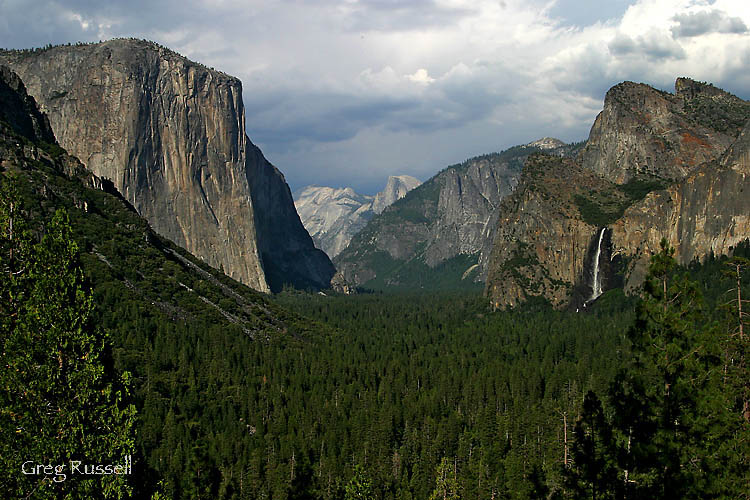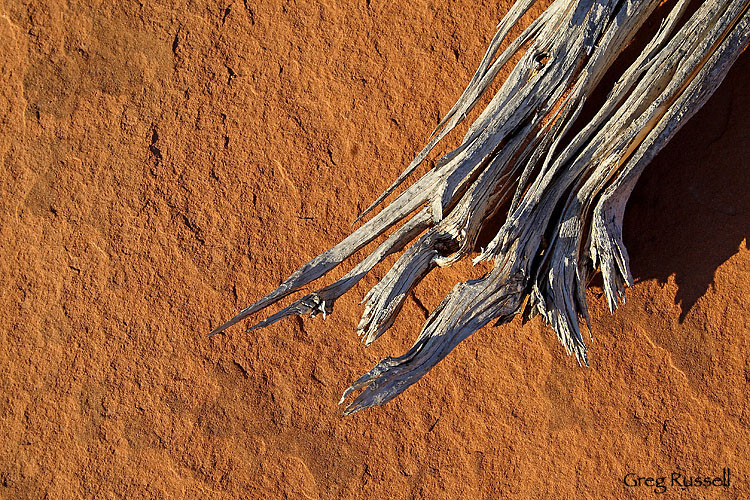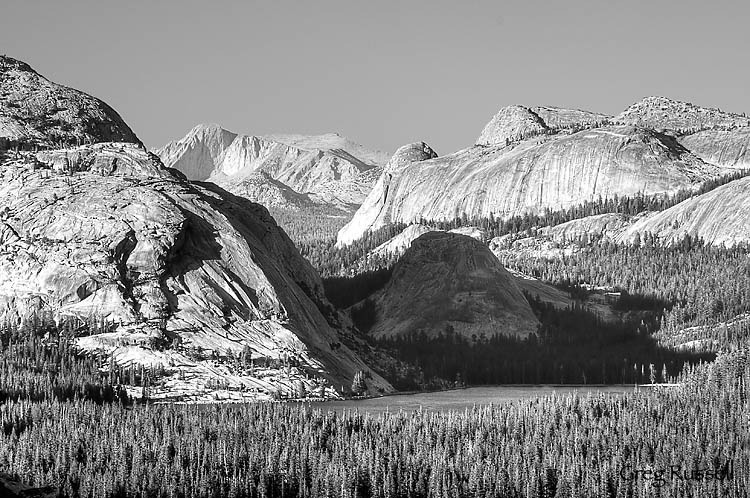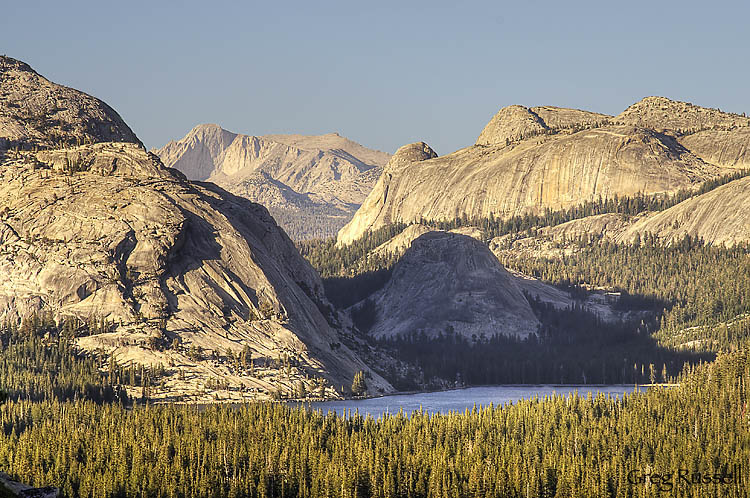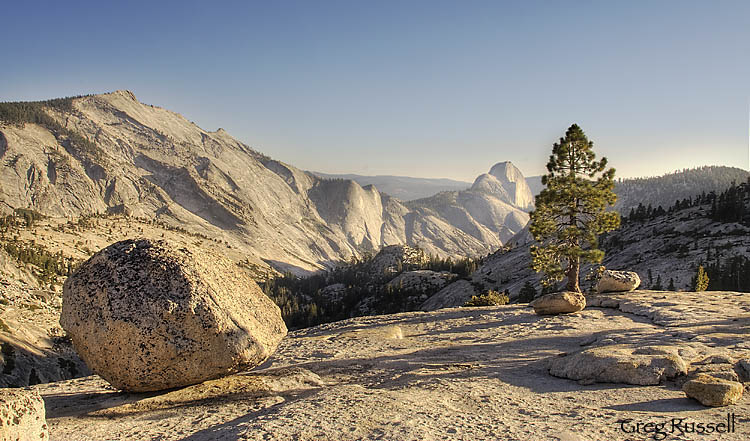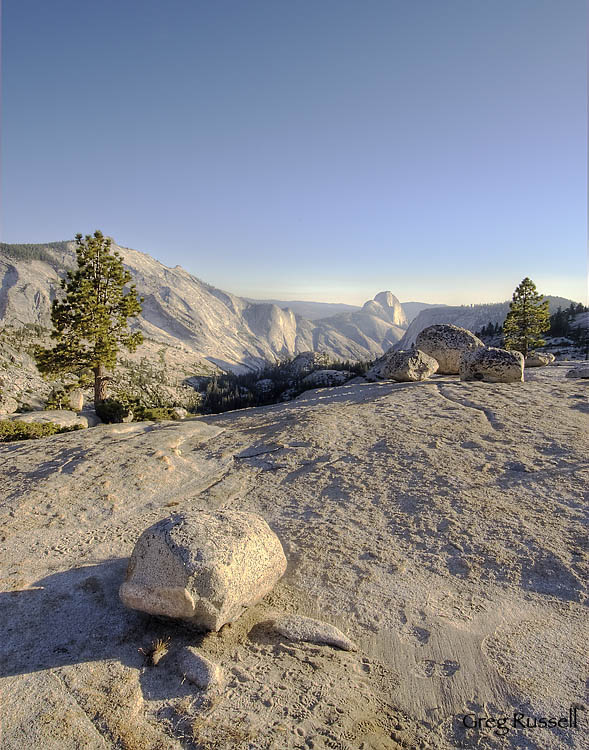As a teacher, my spring semester doesn’t begin until February 1, so I’ve had time to do some reading. I’ve recently finished 2 books that I found fantastic, and would like to recommend them to you. A little over two months ago, I wrote about how I seem to have been stricken with a bad case of Topophilia. In trying to reconnect with southeastern Utah, two of the books I’d like to recommend are by David Roberts.
The first book, In Search of the Old Ones: Exploring the Anasazi World of the Southwest, takes the reader along on his 20-year journey through the Southwest and he recounts the history of the discoveries, the appalling thefts of artifacts, the cave paintings and his own transcendent experiences in stumbling upon some vestige of this lost civilization. His awe and reverence are contagious.
Click the image or here to purchase this book from Amazon.com.
The second book, also by David Roberts is Sandstone Spine: Seeking the Anasazi on the First Traverse of the Comb Ridge. Fueling both my Topophiliac tendencies and my desire for adventure, this book describes–as the title says–the first traverse of Comb Ridge, which runs almost all the way from Kayenta, Arizona to Blanding, Utah. Its a fantastic, fun read.
Click on the photo or here to purchase the book directly from the publisher, The Mountaineers Books.
Finally I have an unsolicited, but heartfelt recommendation for a photography guide. On July 10, 2006, on my first trip to Yosemite National Park, I purchased Michael Frye’s The Photographer’s Guide to Yosemite and have found it to be a continued valuable resource. Buy it and study it; most of the locations are easy to get to, and the superb advice will have you there at the right time of day. You can click here to see some of the images I’ve made in Yosemite using this book as a reference.
Click on the image, or here, to purchase this book directly from the Yosemite Association.

